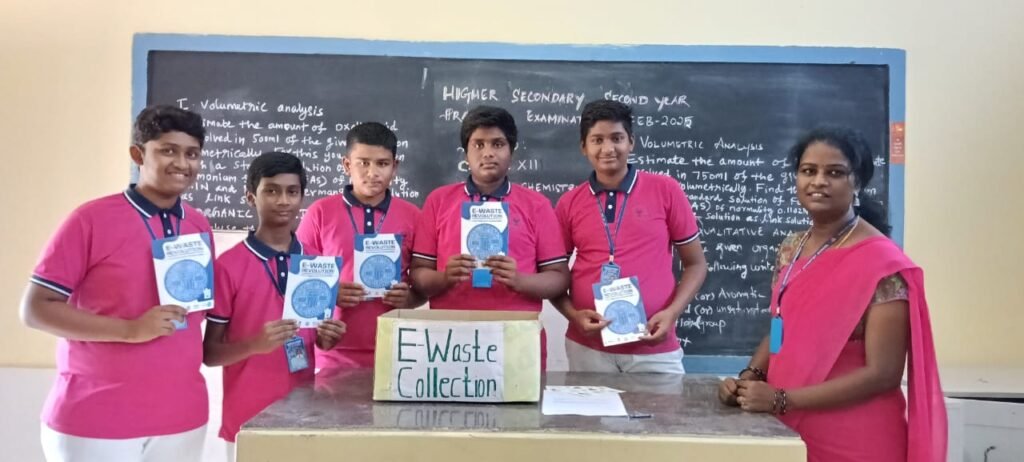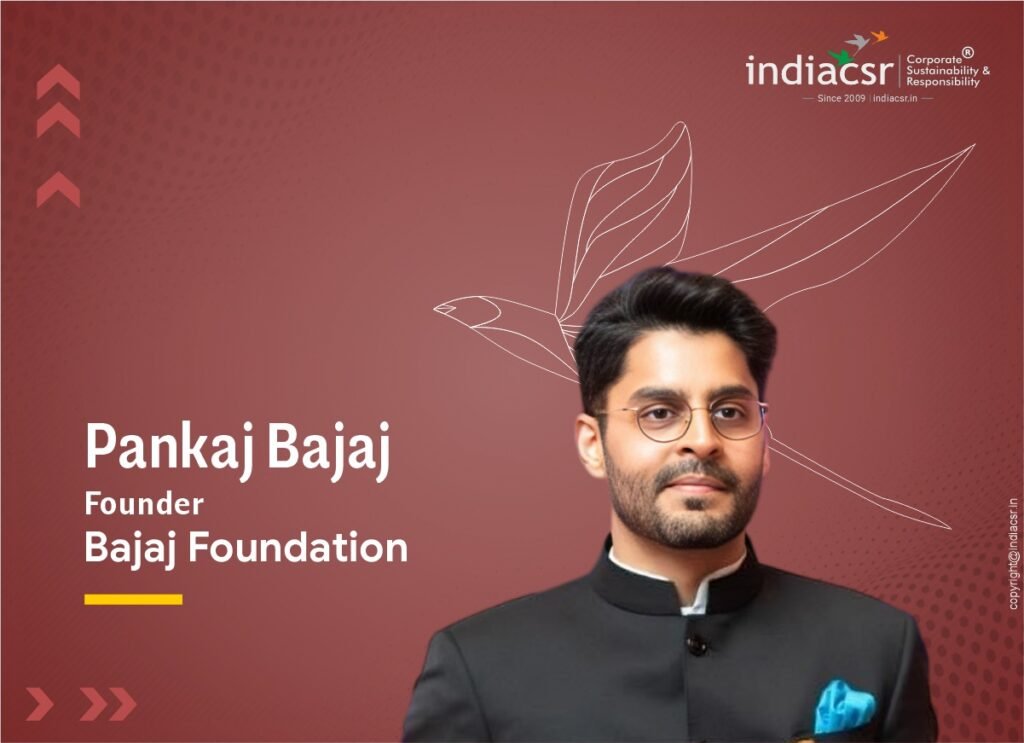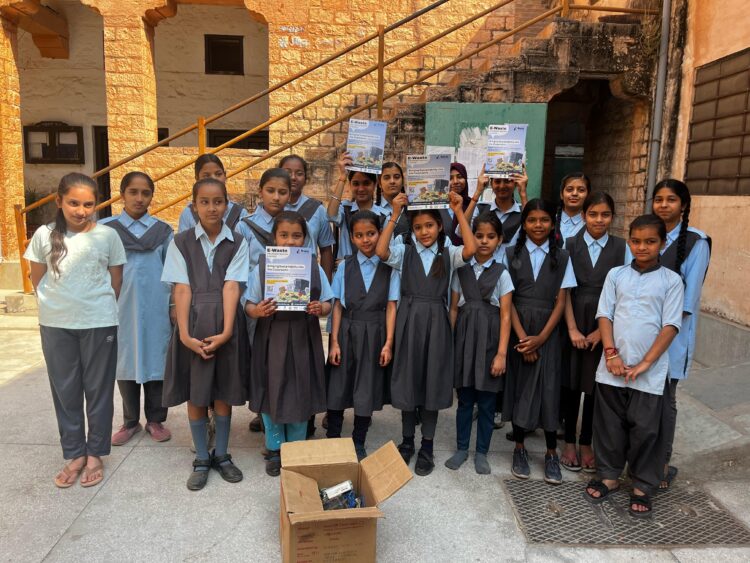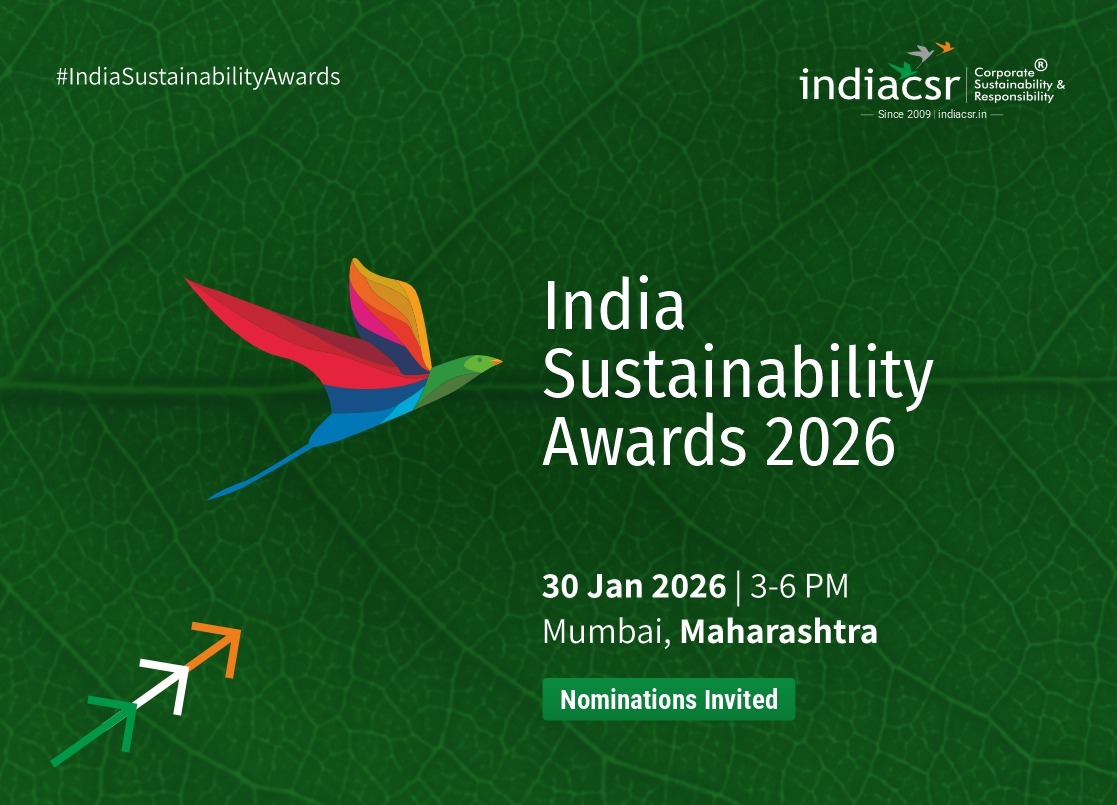E-waste is rising three times faster than the global population. Discover its hidden dangers and how India can turn this waste into opportunity.

By Pankaj Bajaj
We live in a world powered by technology. From the phones that wake us up to the laptops that fuel our workdays, gadgets have become almost invisible extensions of our hands, our homes, and our lives. But behind every upgrade and every new device lies a growing crisis we rarely see, one that’s quietly shaping the future of our planet.
E-waste, the discarded remains of our electronics, is now the fastest-growing waste stream in the world. It’s increasing three times faster than our global population. India alone generates over two million tonnes of e-waste every year, and that number is set to quadruple by 2030. Shockingly, less than 20% of it is recycled through proper channels.
The Crisis We Don’t See
Unlike the plastic choking our oceans or the smog clouding our cities, the e-waste problem is mostly invisible. It hides in storerooms, landfills, and informal workshops. A discarded phone may look harmless, but inside are toxic materials, lead, mercury, and cadmium, that can poison the earth and water for decades.
And here’s the irony: these same gadgets are full of precious materials, gold, copper, and rare earth metals that could be recovered and reused. Instead, much of this waste ends up being dismantled or burned in unsafe conditions, releasing harmful fumes into the environment. The sleek devices that once symbolized progress now silently pollute the very world they were meant to improve.

The Upgrade Trap
Our relationship with electronics has become alarmingly short-lived. Most smartphones today are replaced within two to three years — not because they stop working, but because they feel outdated. We’re constantly told that newer means better. Sales, flashy launches, and the culture of “latest and fastest” have made us forget the value of what we already have.
Refurbished or repaired products are often looked down upon, even though they’re affordable and sustainable. This obsession with the new fuels overproduction and premature disposal. Each gadget we throw away contains over 60 precious metal resources that could power a greener future, but instead end up lost forever.
Amid this growing challenge, there’s hope. Young people across the country are stepping up, reimagining what sustainability can look like. Through platforms like the Youth Sustainability Summit, students, educators, and environmental leaders are coming together to learn, innovate, and lead change. They are proving that when informed and inspired, youth can turn awareness into action — and ideas into impact
A Call to Responsibility
As we mark International E-Waste Day, let’s take a moment to look beyond the screens in our hands and think about what happens after we’re done with them. Every small act counts, choosing to repair instead of replace, to recycle instead of discard, to think twice before upgrading.
Because e-waste isn’t just about gadgets.
It’s about generations.
***

About the Author
Pankaj Bajaj is the Founder of the Bajaj Foundation.
(Copyright@IndiaCSR)
Also Read: Environmental Sustainability: Definition, Meaning, Pillars, Applications and Significance








